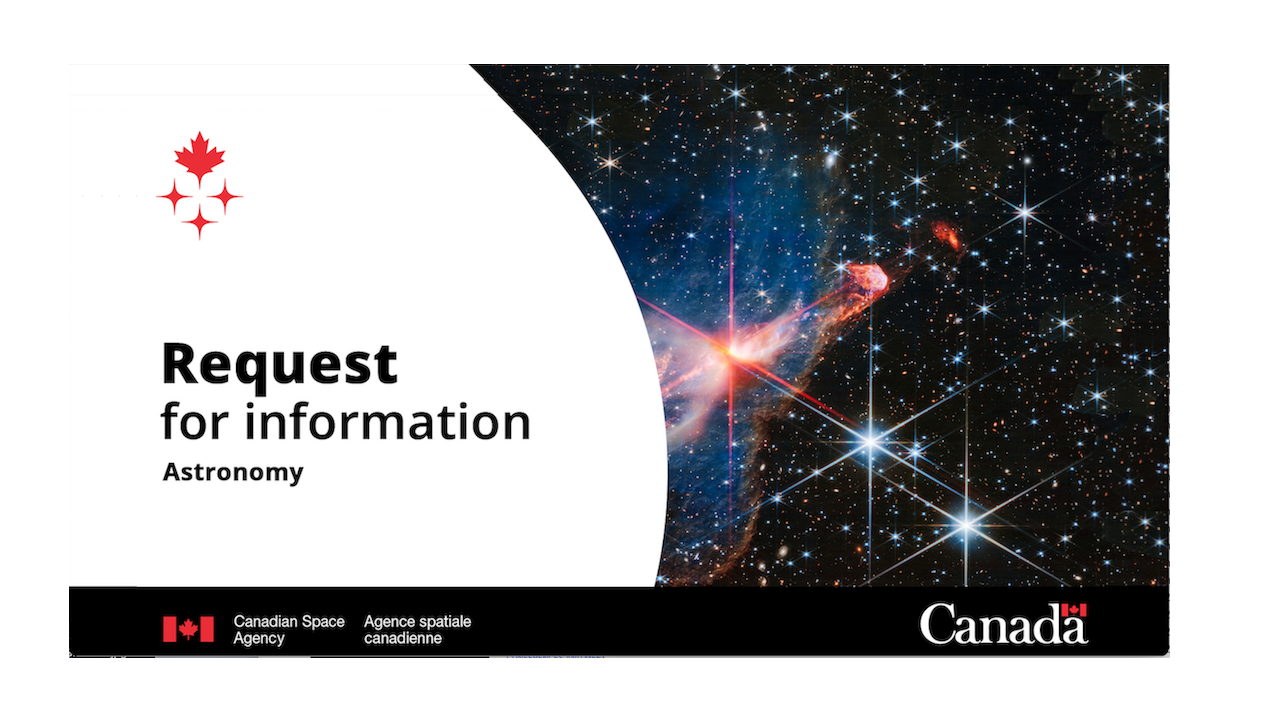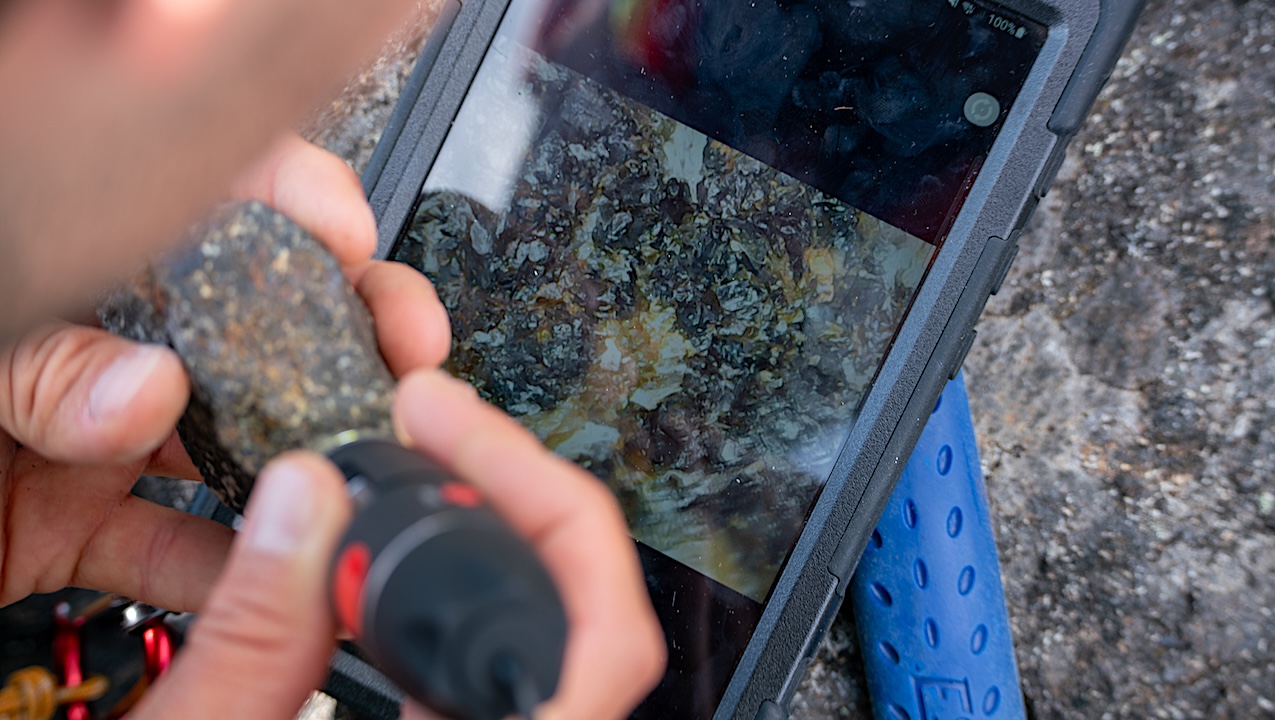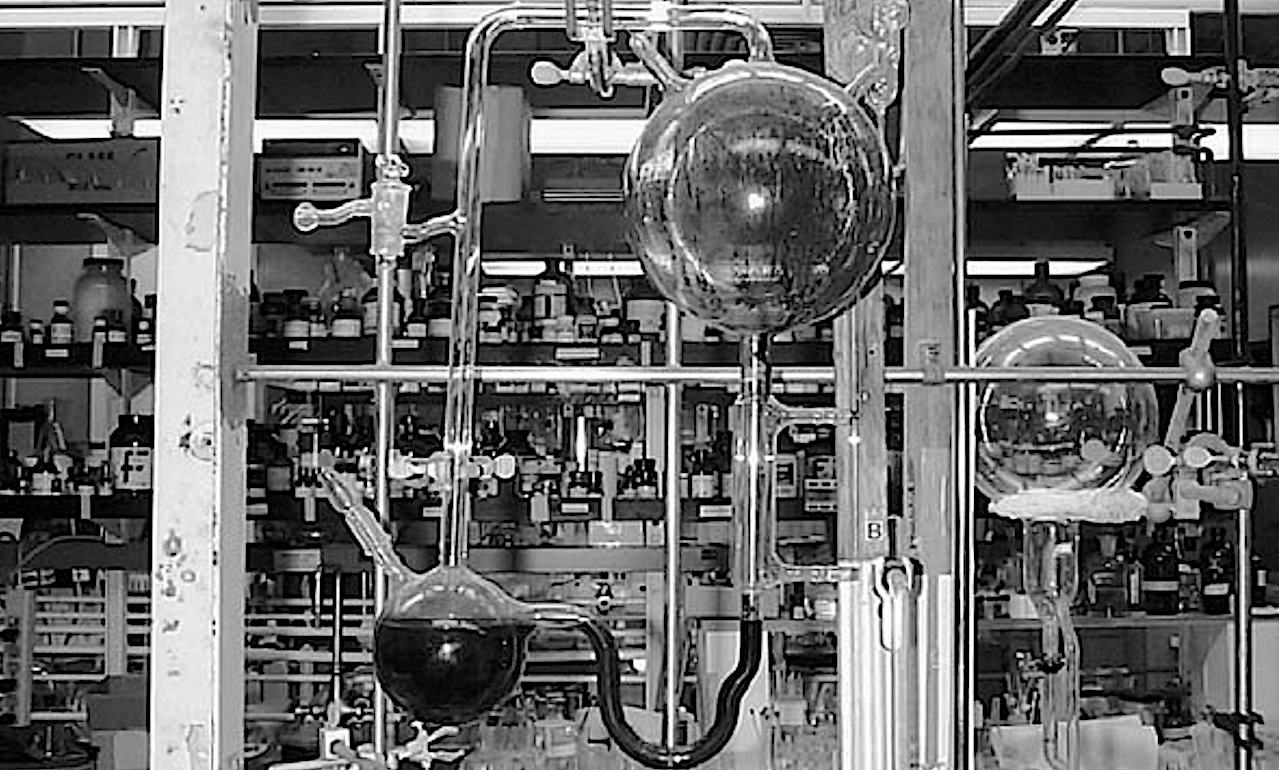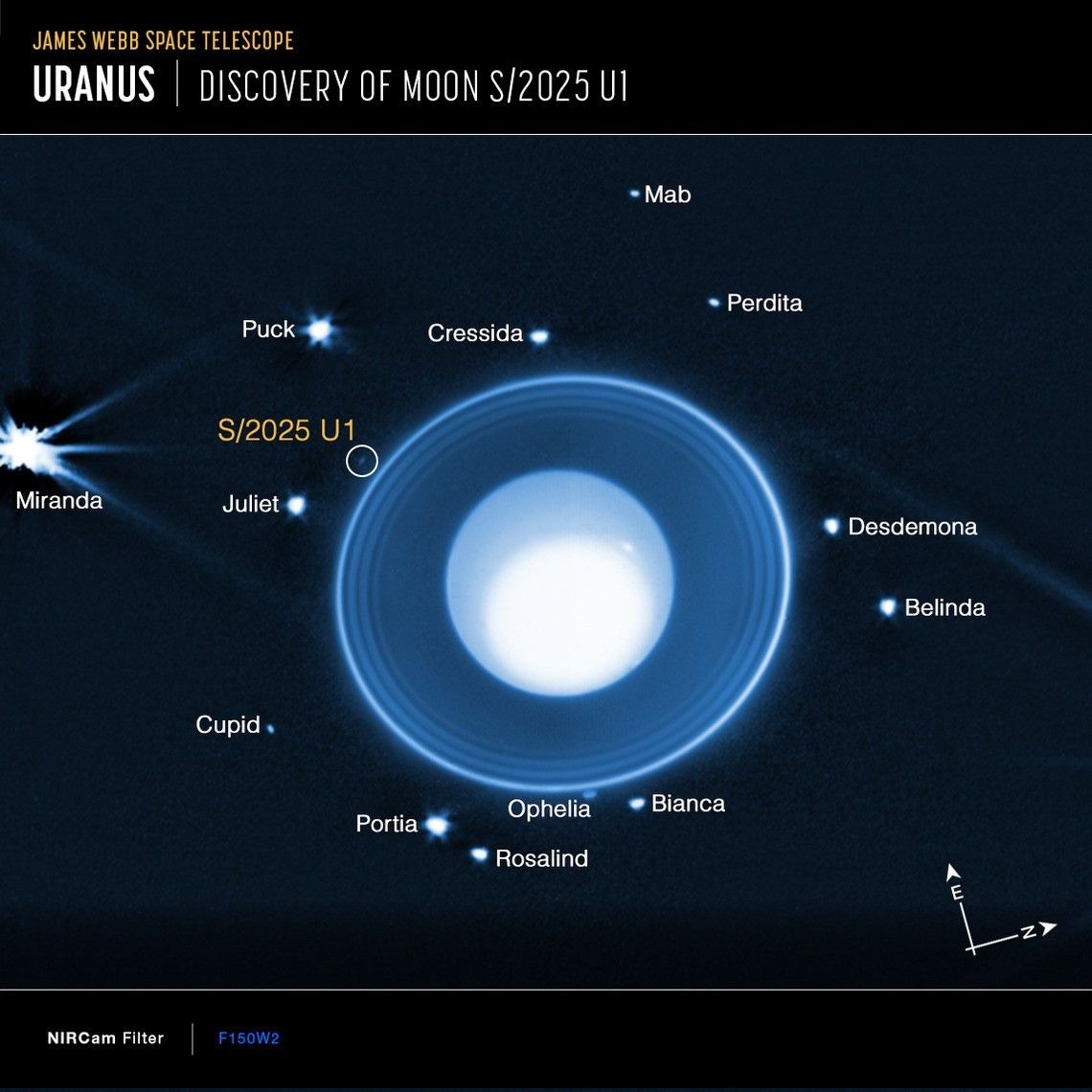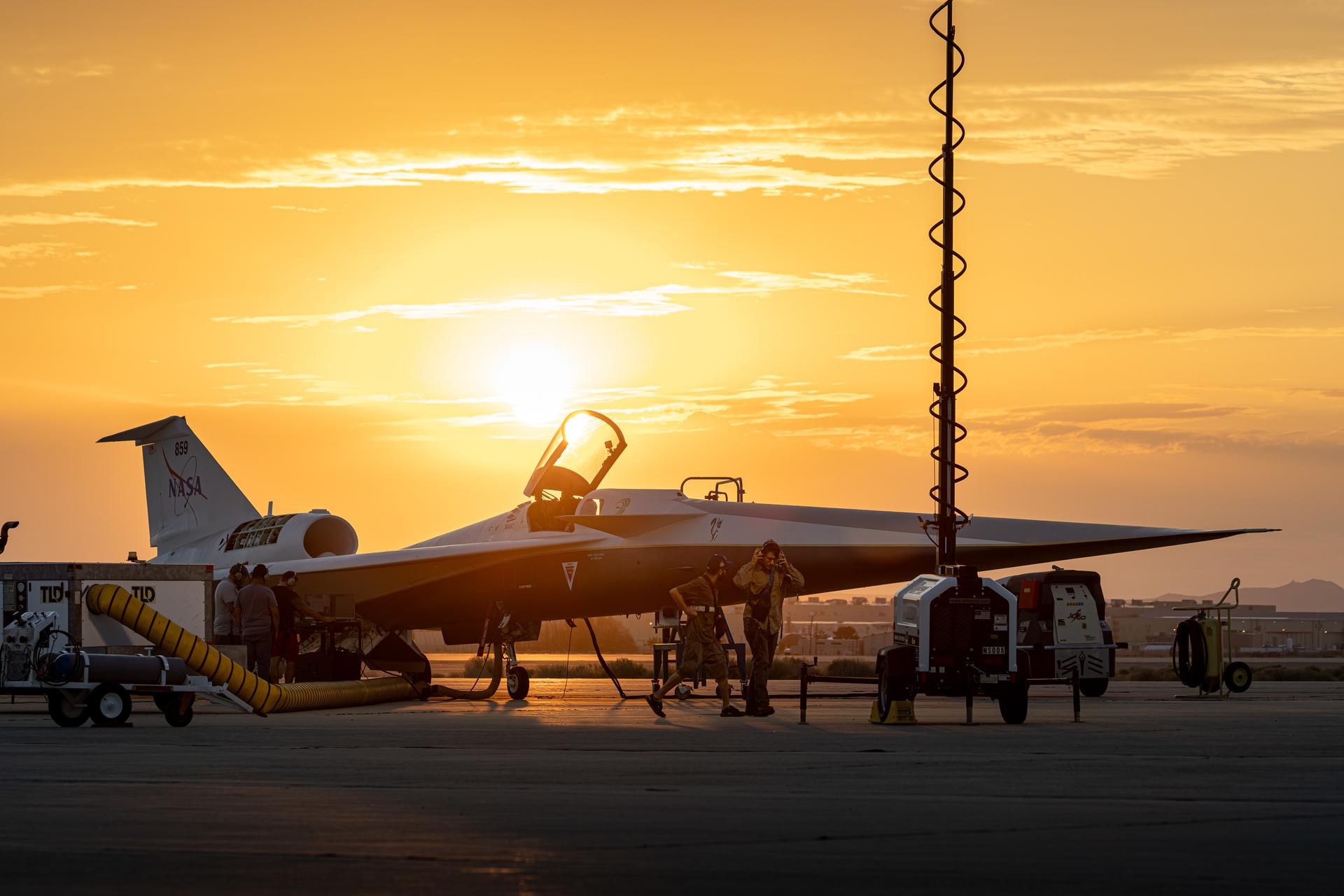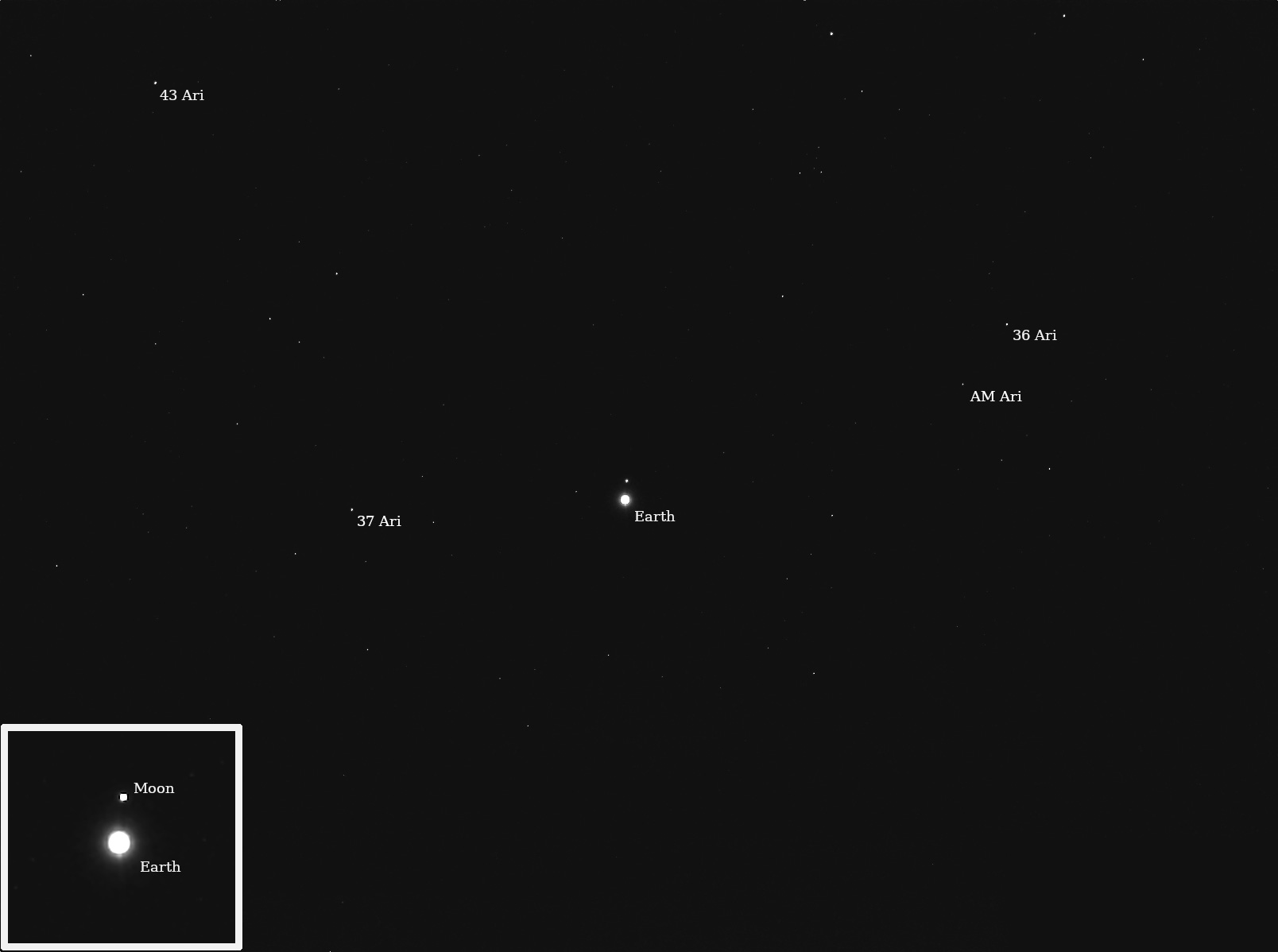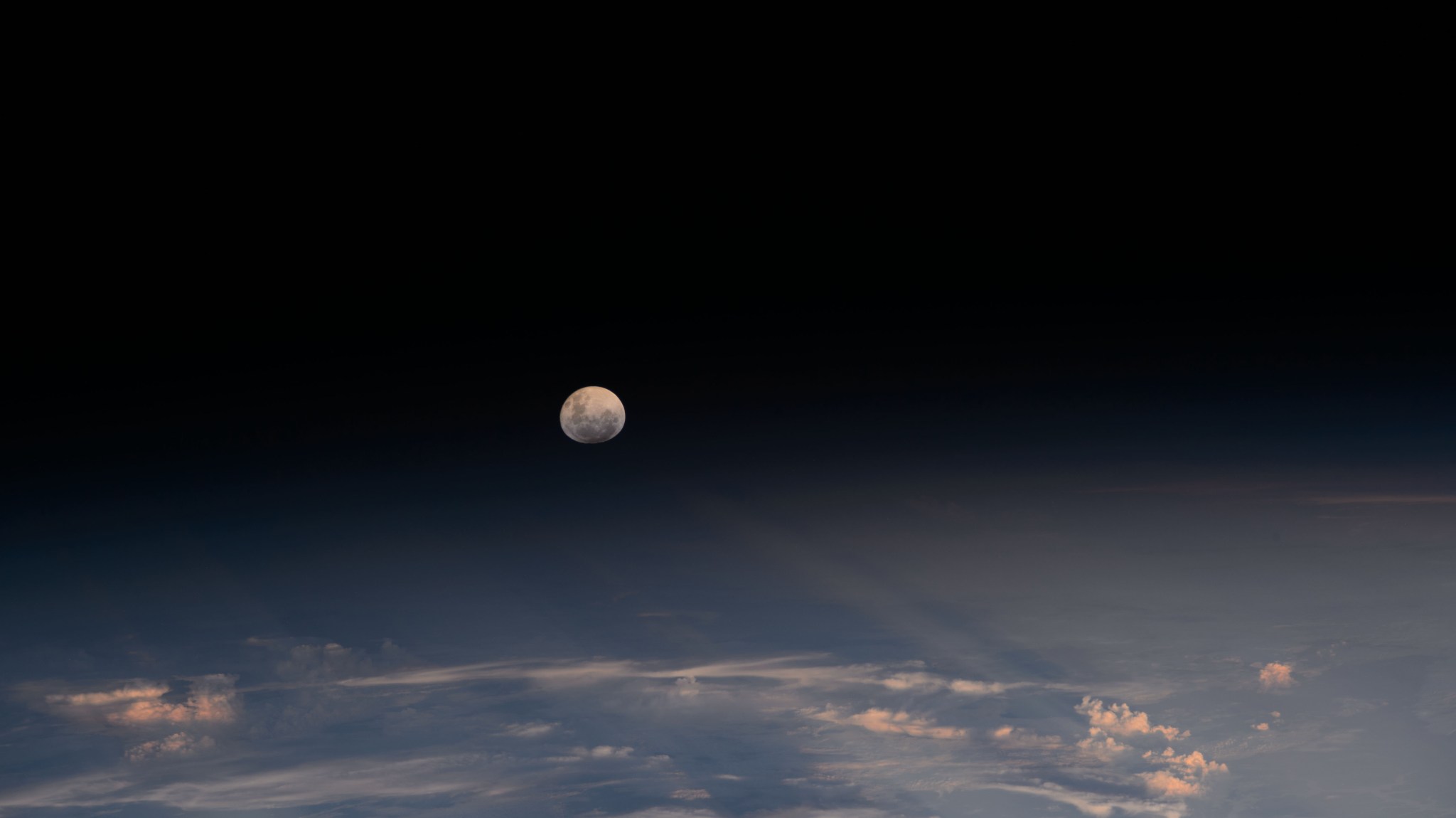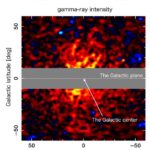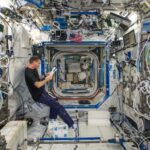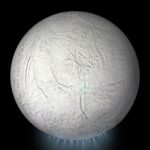Canadian Contribution to the Habitable Worlds Observatory — CSA Solicitation number 9F052-20250134 The Canadian Space Agency (CSA) is requesting information and feedback from Stakeholders regarding possible Canadian contributions to the
Archive for August, 202547- Page
Keith Cowing Explorers Club Fellow, ex-NASA Space Station Payload manager/space biologist, Away Teams, Journalist, Lapsed climber, Synaesthete, Na’Vi-Jedi-Freman-Buddhist-mix, ASL, Devon Island and Everest Base Camp veteran, (he/him) 🖖🏻 Follow on
Origin & Evolution of Life Status Report Astrobiology via PubMed August 19, 2025 The Miller-Urey experiment that was used to demonstrate the synthesis of biologically relevant molecules in a hypothetical
Astronomers using NASA’s James Webb Space Telescope have discovered a newfound moon orbiting icy Uranus, the seventh planet from the sun. The moon, known as S/2025 U1, is just 6
Explore This Section Science Science Activation Sun at the Center: Teacher… Overview Learning Resources Science Activation Teams SME Map Opportunities More Science Activation Stories Citizen Science 3 min read
Look to the east in the hours preceding sunrise on Aug. 20 to see a thin crescent moon rendezvous with Venus and Jupiter to form a celestial triangle in the
2 min read Preparations for Next Moonwalk Simulations Underway (and Underwater) NASA’s X-59 quiet supersonic research aircraft sits on the ramp at sunrise before ground tests at Lockheed Martin’s Skunk
A series of biology experiments, called BioNutrients, is testing ways to use microorganisms to produce nutrients – off Earth and on demand – that will be critical for human health
4 min read Preparations for Next Moonwalk Simulations Underway (and Underwater) NASA’s Psyche captured images of Earth and our Moon from about 180 million miles (290 kilometers) away in July
NASA The Moon’s light is refracted by Earth’s atmosphere in this April 13, 2025, photograph from the International Space Station as it orbited into a sunset 264 miles above the
-
 012024 in Review: Highlights from NASA in Silicon Valley
012024 in Review: Highlights from NASA in Silicon Valley -
 02Panasonic Leica Summilux DG 15mm f/1.7 ASPH review
02Panasonic Leica Summilux DG 15mm f/1.7 ASPH review -
 03How New NASA, India Earth Satellite NISAR Will See Earth
03How New NASA, India Earth Satellite NISAR Will See Earth -
 04And Thus Begins A New Year For Life On Earth
04And Thus Begins A New Year For Life On Earth -
 05Astronomy Activation Ambassadors: A New Era
05Astronomy Activation Ambassadors: A New Era -
06SpaceX launch surge helps set new global launch record in 2024
-
 07Space Force plans new ‘Futures Command’ amid pressure to speed up modernization
07Space Force plans new ‘Futures Command’ amid pressure to speed up modernization


